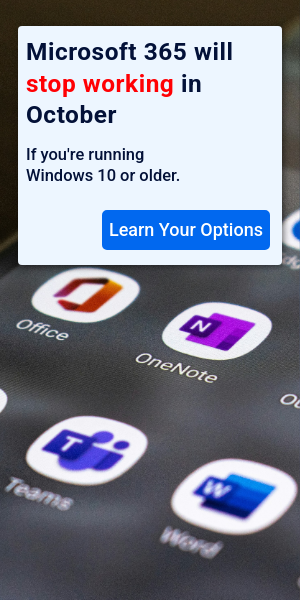Meet Lisa, the owner of a small local plumbing business in Fort Collins. With her business growing steadily, Lisa decided it was time to invest in IT services to streamline operations and support her business’s expansion.
Excited about the possibilities, Lisa quickly signed up for a managed services package with a local IT provider. The package promised comprehensive list of IT services—all at an affordable monthly rate.
However, she soon realized that she had chosen the wrong kind of IT service package for her needs and was paying for extra services that didn’t help with her expansion. This blog post is to help you avoid Lisa’s mistake and figure out the right IT Outsourcing for your business.
In today’s fast-paced digital landscape, businesses of all sizes are turning to IT outsourcing as a strategic solution to enhance efficiency, reduce costs, and stay ahead of the competition. However, with a variety of outsourcing models available, choosing the right approach for your business can be a daunting task. In this guide, we’ll explore different IT outsourcing models and provide insights to help you make an informed decision.
Understanding IT Outsourcing Models
- Staff Augmentation: In the staff augmentation model, businesses hire external IT professionals on a temporary basis to supplement their existing team. This model provides flexibility, allowing businesses to scale their IT resources up or down as needed without the long-term commitment of hiring full-time employees.
- Project-Based Outsourcing: In project-based outsourcing, businesses outsource specific IT projects or tasks to external vendors or contractors. This model is ideal for businesses looking to access specialized expertise or resources for short-term projects without the need for ongoing support.
- Managed Services: Managed services involve outsourcing the management and maintenance of IT infrastructure and systems to a third-party provider. This model provides businesses with proactive monitoring, maintenance, and support services, helping to optimize performance, improve security, and reduce downtime.
- Cloud Computing: Cloud computing allows businesses to outsource IT infrastructure, storage, and software applications to cloud service providers. This model offers scalability, flexibility, and cost-effectiveness, allowing businesses to access resources on-demand and pay only for what they use.
Choosing the Right Outsourcing Model
- Assess Your Needs: Start by assessing your business goals, IT requirements, and budget constraints. Determine whether you need short-term support for specific projects or ongoing management and maintenance of IT systems.
- Evaluate Vendor Expertise: Look for outsourcing partners with expertise in your industry and the specific technologies or services you require. Evaluate their track record, client testimonials, and certifications to ensure they can deliver the results you need.
- Consider Scalability: Choose an outsourcing model that offers scalability to accommodate your business growth and evolving IT needs. Whether you need to scale up or down, ensure that your outsourcing partner can adjust their services accordingly.
- Review Service Level Agreements (SLAs): Pay close attention to SLAs to ensure that your outsourcing partner meets your service expectations in terms of response times, resolution times, and performance guarantees.
- Factor in Security and Compliance: Security and compliance are critical considerations when outsourcing IT services. Ensure that your outsourcing partner has robust security measures in place and complies with industry regulations and standards relevant to your business.
Conclusion
Choosing the right IT outsourcing model is a strategic decision that can have a significant impact on your business operations, efficiency, and bottom line. By understanding the different outsourcing models available and evaluating your business needs, expertise, scalability, SLAs, and security requirements, you can make an informed decision that aligns with your business goals and sets you up for success in today’s digital landscape. Ready to explore IT outsourcing options for your business? Contact iPoint Technologies today to learn more and discover how we can help you achieve your IT objectives with confidence.




